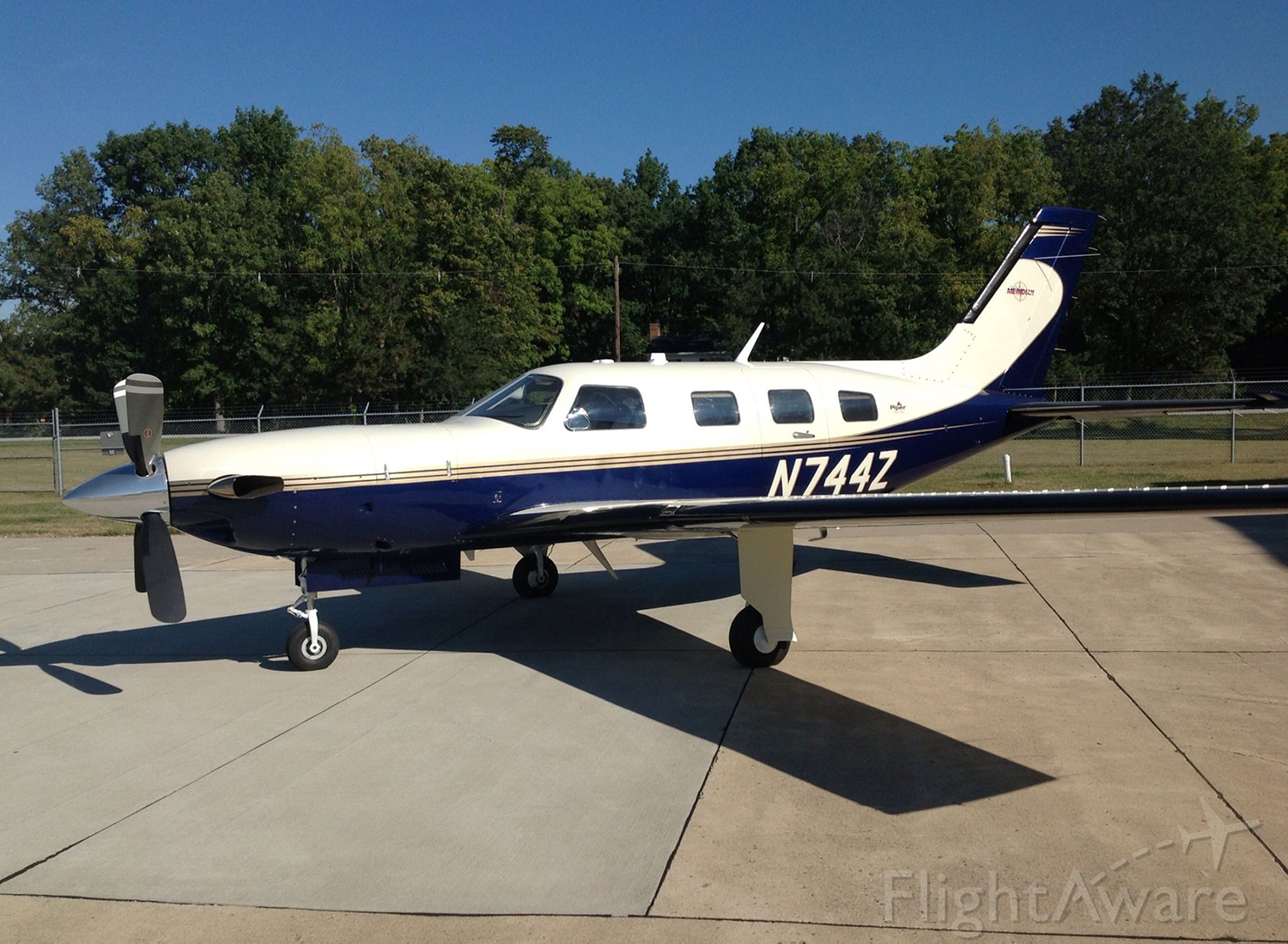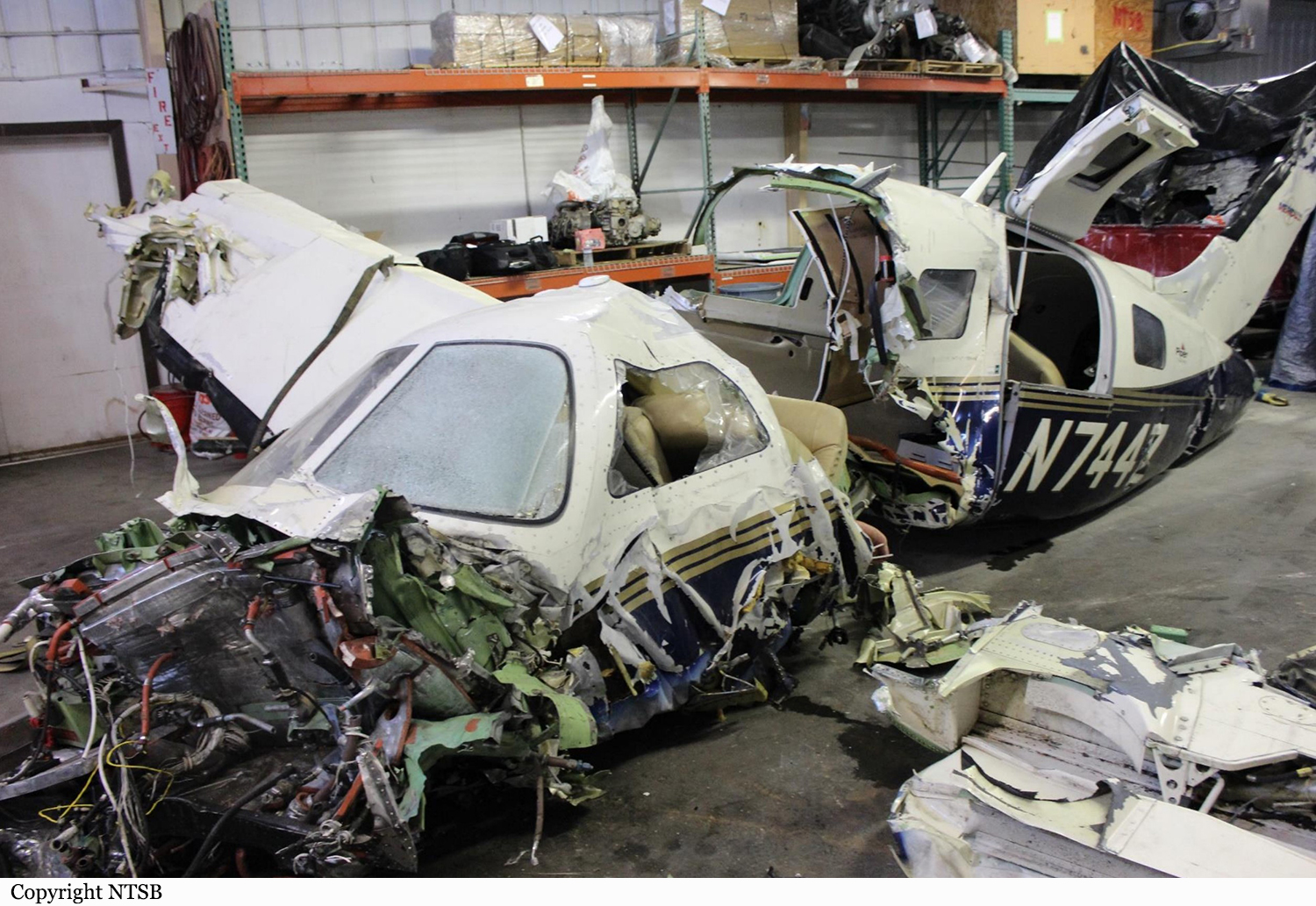Crash of a Piper PA-46-500TP Malibu Meridian in Steamboat Springs: 1 killed
Date & Time:
Dec 10, 2021 at 1809 LT
Registration:
N744Z
Survivors:
No
Schedule:
Cody – Steamboat Springs
MSN:
46-97134
YOM:
2002
Crew on board:
1
Crew fatalities:
Pax on board:
0
Pax fatalities:
Other fatalities:
Total fatalities:
1
Circumstances:
The pilot was conducting a solo night cross-country flight in low visibility through mountainous terrain. The pilot was then cleared by an air traffic controller to conduct a RNAV (GPS)-E instrument approach into the destination airport. After passing the final approach fix and before the missed approach point, the pilot, for an unknown reason, executed a left turn, consistent with the missed approach procedure. During the turn toward the holding waypoint, the airplane did not climb. Shortly thereafter, the airplane impacted steep rising terrain The local weather at the time of the accident indicated a cloud ceiling of 1,200 ft above ground level and 1 statute mile visibility, which was below the weather minimums for the approach. Data retrieved from the onboard avionics revealed that although the pilot flew the published route in accordance with the instrument approach procedure, the minimum required altitudes were not adhered to. A review of the ForeFlight weather briefing data indicated that a route weather briefing had been generated by the pilot with the filing of the instrument flight rules (IFR) flight plan. While no weather imagery was reviewed during the period, the pilot had checked METARs for the destination and another nearby airport before departure and viewed the RNAV (GPS)-E approach procedure at the destination airport. A review of the data that was presented to the pilot indicated that visual flight rules conditions prevailed at the destination with light snow in the vicinity at the time it was generated. Based on the preflight weather briefing the pilot obtained, he was likely unaware of the IFR conditions and below minimum weather conditions at the destination until he descended into the area and obtained the current local weather during the flight. It is probable that, based upon the weather and flight track information, as the pilot was on the instrument approach, he became aware of the below minimum weather conditions and elected to initiate the missed approach, as evident by the turn away from the airport similar to the missed approach procedure and the flaps and landing gear being in transition. This investigation was unable to determine why the missed approach procedure was prematurely initiated and why the airplane failed to climb. Additionally, there were no preimpact mechanical malfunctions or anomalies found during a postaccident examination that would have precluded normal operation.
Probable cause:
The pilot’s failure to adhere to the published instrument approach procedure, which resulted in controlled flight into terrain.
Final Report:

